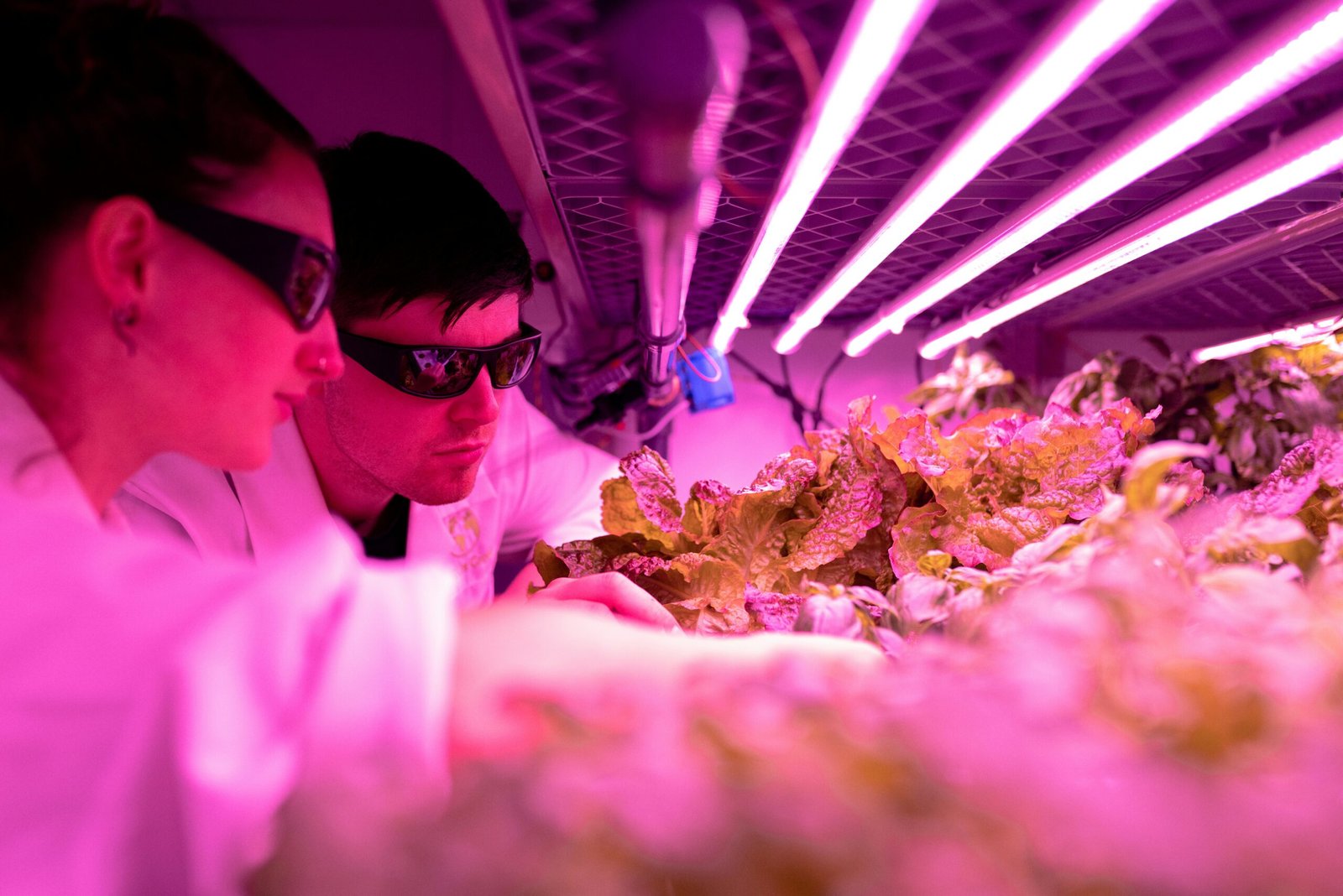
What is DNA Duplication?
DNA duplication is a crucial process that occurs within a cell before it divides. During this phase, the double helix structure of DNA unwinds and separates, allowing for the creation of two identical copies of the genetic material. This process is essential for cell division, ensuring that each new cell inherits the same genetic information as the parent cell.
The Importance of DNA Duplication
Understanding the mechanism of DNA duplication is vital in fields such as genetics and molecular biology. Accurate DNA replication is necessary for maintaining genetic stability and ensuring that organisms develop and function properly. Errors during this process can lead to mutations, which may result in various diseases, including cancer. Therefore, studying DNA duplication helps researchers find potential treatments and the understanding of genetic disorders.
Steps Involved in DNA Duplication
The process of DNA duplication can be broken down into several key steps: first, the double helix unwinds and the hydrogen bonds between the base pairs break. Next, each strand acts as a template for creating a complementary strand, with enzymes such as DNA polymerase playing a significant role in adding nucleotides to form the new strand. Finally, the result is two identical DNA molecules, each consisting of one original strand and one newly synthesized strand. This semi-conservative method of replication ensures accuracy and efficiency in the duplication of genetic material.






